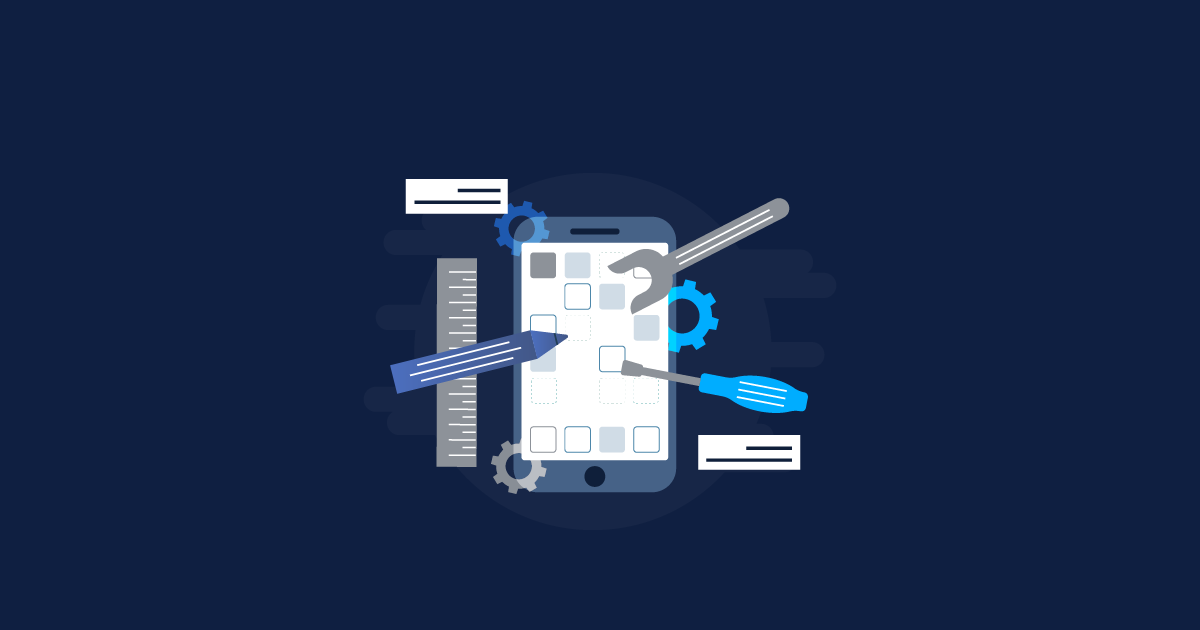It is no secret that you need a robust and highly functional application to stay relevant in this competitive market. And the best way to achieve this goal is to test your product thoroughly.
But how to measure the testing efforts?
The answer is “software test coverage” as it clarifies whether the testing efforts are enough or whether there is a scope of improvement.
Simply put, test coverage means what is being tested and how much testing is done. It helps in monitoring the testing quality, prioritizing the focus areas on critical modules, and allocation of resources.
Why should you care about test coverage?
According to a PWC report, over 75% of customers believe user experience is highly critical at the time making a product decision, and 32% will quit using the application after having a single negative experience.
So, the gist here is that users do not tolerate bugs and it is crucial to ensure a bug-free application and excellent user experience. And measuring software test coverage is one of the best ways to improve quality and identify the areas that have not been tested. Based on these findings, testers can create new tests or modify the test suites to achieve maximum test coverage. Let’s check out why test coverage is important:
What are the types of software test coverage?
Product coverage – What are the key aspects of products that need to be tested?
When the testing coverage is measured in context to the product, the untested areas of the product are identified. For example, if there is a notepad application that needs to be tested, checking relevance is the most crucial aspect. But at the same time, the other aspects of the product like functionality, crashes, user experience, warning/error messages, availability of help content also need to be tested properly. If all the scenarios are not tested, the testing coverage of the application cannot be considered complete.
Risk coverage – What are the potential risks?
It is another aspect of the testing coverage. The software cannot be considered complete until the associated risks are identified and resolved. For example, if an ecommerce site is being tested, the tester needs to consider the risk of high user volume accessing the website simultaneously and payment flow errors. If this risk is not considered while testing the application, it can lead to a huge cost to the company.
Requirement coverage – What requirements are considered for testing?
If the application is developed very well but does not match the requirement of the customers, it is not of any use. So, requirement coverage is a very important aspect while testing. The application cannot be considered appropriately tested if the user requirements are not fulfilled.
What are software test coverage techniques?
Now when you know the importance of measuring the test coverage to ensure excellent user experience and high performance of the application, it is time to understand the ways to perform test coverage.
Statement coverage
It ensures that all the source code statements are tested at least once. It provides the details of failed as well as executed code blocks from the total code blocks. In the below flow diagram, path 1A-2C-3D-E-4G-5H covers all the statements and requires only a single test case to cover every requirement. Here, the test case means one statement coverage. However, a single path is not enough to cover all the statements in the case of complex code. In that case, it is required to write multiple test cases to cover a variety of statements.
Branch/Decision coverage
Testers cannot write code in continuous lines, and they need to branch out different codes to meet the requirements. Here, branching the code means jumping from one decision point to another. The branch coverage verifies the coverage of every possible branch or path in the code. Branch coverage is calculated by finding the number of paths that ensure that all the edges are covered. For example, there is not a single path that can ensure the coverage of all edges in the below figure. So, it is important to combine two different paths to meet the requirements.
Path coverage
It is a structural testing technique and involves the utilization of the source code of the program to find all the possible executable paths. Path coverage ensures that all the paths are covered. For example, the four possible paths in the below figure are:
1A-2B-E-4F
1A-2B-E-4G-5H
1A-2C-3D-E-4G-5H
1A-2C-3D-E-4F
Condition coverage
This software test coverage technique checks if the outcomes (true or false) of the condition are exercised. The outcome of every decision point is considered as a relevant factor to check the conditions. However, two cases are required for every condition to check for the outcomes.
Boundary value coverage
This is a very useful test coverage technique for the applications in which the error occurs due to the input numbers. Most of the errors occur at the boundary values. Under this test coverage, the test cases are selected at endpoints of equivalent classes. For example, below boundary values require a 3-digit number as an input for the application.
99 (below minimum boundar
y value)
999 (Maximum)
100 (Minimum)
1000 (Above the maximum boundary value)
How to measure software test coverage with the Test Coverage matrix?
The matrix table is used to ensure proper test coverage while fulfilling all the possible conditions of the application. It also helps in identifying the possible gaps. The checklist ensures that the functionality is verified in every possible condition. There are prerequisites to getting started with the test coverage matrix. Below is an example of a test coverage matrix.
How to improve test coverage with limited time and resources?
Testing professionals need to be aware of the specific requirements and functionalities to evaluate the tasks. Following the below things helps in maximizing the software test coverage with limited time and resources:
Develop a comprehensive testing strategy – Consider all the requirements of the application along with the testing methods.
Create a testing activity checklist – Next step is to create a list of tasks that need to be executed. It is vital to consider different types of testing, the type of applications being developed, and the experience of the team.
Prioritize overall requirements – List the major and minor priorities to set the focus on relevant tasks.
Set the critical tasks of the application – When time and resources are scarce, it is important to consider a risk-based testing approach. Consider the critical areas of the application that have a high probability of errors.
Create logical test data – Creating the test data through a browser is helpful as it can be accessed directly from the database. The test becomes more reliable and faster as it reduces the user interface interactions.
Execute key business test cases on multiple browsers – Run the most important business test cases on all the browsers and the rest of the test cases on a single browser to save time.
Conduct impact analysis – Identify the possible impacts after the initial release and analyze them.
Build management – It is important to keep a track of all the fixes, impacts, versions of the product releases.
Leverage test automation – To reduce the overall time and free up professionals from doing error-prone, repetitive, and tedious activities, and cover maximum parts of the application, it is important to leverage test automation.
Leverage test automation to improve your software test coverage
Test automation is one of the proven solutions to maximize test coverage. It is a must-have requirement in the modern software development process. There is no other way to achieve better test coverage in the software while minimizing the time and resources. The modern test automation services of QAonCloud help businesses increase test coverage without making testing maintenance a burden.
If your company is still looking for the best way to maximize software test coverage, QAonCloud provides a perfect solution to boost test coverage, build, and manage all the browsers, mobile, web, and functional tests in a unified platform. Contact us to learn about test automation and how we can help you improve testing efficiency and deliver high-quality applications.




